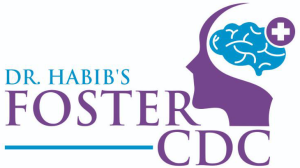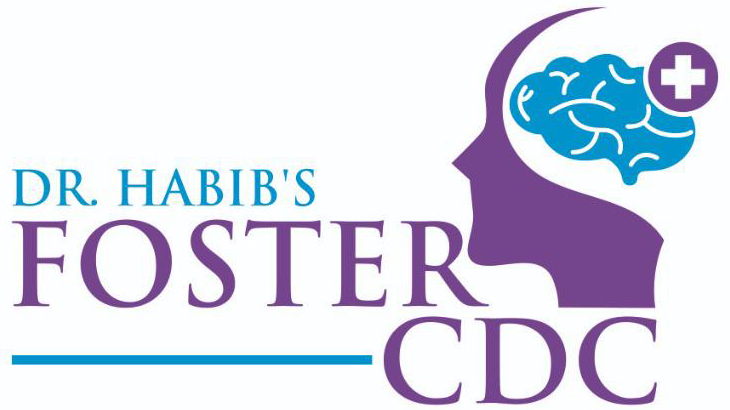Dyspraxia Causes, Diagnosis & Treatment
Dyspraxia or developmental coordination disorder is a developmental disorder in children. In a typical developmental disorder, a child may not develop the ability to crawl, sit, stand, walk, run, and speak at predictable ages. Dyspraxia or developmental coordination disorder is one such disorder. It affects approximately 6% of school-aged children.
If a child cannot make his or her body carry out the mental instructions and intentions due to lack of coordination or improper instructions, then the condition is known as dyspraxia (developmental coordination disorder). In other words, there is a lack of coordination between the brain’s instructions and the ability of the person to get their body to carry out those instructions. For instance, if the brain sends the instruction for a child to sit, but the child’s body cannot follow the brain’s instruction properly. The same thing happens with other tasks such as holding a pen, writing, running, jumping, buttoning a shirt, and many more.
Dyspraxia in children
Developmental coordination disorder or dyspraxia is also known as clumsy child syndrome. This condition may make other people think that the child with this condition is unintelligent or inept in performing certain tasks. It is a childhood disorder, but it can continue to have its impact during adulthood as well.
Causes of Dyspraxia in children
The exact cause of dyspraxia is not well understood, but scientists say that children may develop this condition due to developmental delay. In a majority of the cases, there are no other medical conditions to explain this disorder. However, in some cases, Dyspraxia can occur with other conditions such as intellectual disabilities and attention deficit hyperactivity disorder.
Risk Factors for Dyspraxia
- Low birth weight
- Premature birth (a child born before the 32nd week of pregnancy)
- A family history of dyspraxia
Diagnosis of Dyspraxia
Developmental coordination disorder is difficult to diagnose as most of the symptoms often look similar to the symptoms of other conditions. Therefore, the Diagnostic and Statistical Manual of Mental Disorders (DSM) has some criteria.
The following criteria must be met for a diagnosis of developmental coordination disorder:
- The child seems to appear inept in reaching motor skills milestones
- The symptoms appear early in a child’s life
- Dyspraxia impacts the child’s routine activities and academic performance
- Motor skills difficulties are not related to brain disorders, visual impairment, or intellectual disability.
A child neurologist and psychologist assess the child’s mental ability to check whether it is within the expected range for their age. They also rule out other possible causes of the child’s motor difficulties – such as muscular dystrophy and cerebral Palsy.
At Dr. Habib’s Foster CDC, a team of pediatric neurologists, a child psychologist, a pediatrician, and an occupational therapist examine and assess a child based on certain specific criteria to diagnose the condition.
The team takes a complete medical history and symptoms into account. The team also assesses the child’s gross motor and fine motor skills, coordination, and balance.
Treatment
There is no specific cure for developmental coordination disorder (DCD), but occupational and physical therapies can help children with dyspraxia improve their motor skills and coordination.
Dr. Habib’s Foster CDC provides customized and individualized treatment plans to manage dyspraxia in children that affects children differently. Occupational therapists provide different types of therapies working with the affected child. The therapies they mostly use include task-oriented interventions that help identify the tasks that cause difficulties and find ways to overcome them. They also employ techniques that help break specific tasks into smaller steps that help the child to use, adopt and practice them regularly.



